Microorganisms, commonly known as microbes, are organisms that are so small they can rarely be seen without the aid of a microscope. Bacteria, fungi, green algae, archaea, protists and some animals such as plankton are all considered microbes. Microbes are essential in helping nutrients rotate through the world’s ecosystems. While certain microbes can make our food inedible through spoilage, microbes are a crucial component in food production and can be found in many common foods.
Cheese
Bacteria is used to produce lactic acid through the ripening process. This is essential in curdling milk and turning a liquid into a solid food product. Cheese also gains its particular flavor in the ripening process through the addition of bacteria. Each cheese has a different bacteria, which enhances the cheese with flavor compounds. Mesophilic bacteria is used for cheeses like cheddar, colby and feta, while thermophilic bacteria is used for camembert, gouda and baby swiss.
Leavened Bread
Yeast causes the dough of the bread to rise in a fermentation process through which the yeast converts sugars in the dough into water and carbon dioxide. This makes the dough fill up with air bubbles that force the batter to rise.
Pickles
Cucumbers undergo a fermentation process with bacteria that produces lactic acid. The bacteria involved in the process include Enterobacter aerogenes, Lactobacillus brevis and L. plantarum, Leuconostoc mesenteroides, Pediococcus cerevisiae, and Enterococcus faecalis. The bacteria involved prevent dangerous bacteria from attaching to the cucumbers and also give the pickles their distinct, sour taste.
Olives
Olives can't be eaten until they undergo a fermentation process with microbes. Olives are steeped in a live active brine solution, which includes Lactobacillus brevis, Lactobacillus plantarum and Leuconostoc. This begins a curing (or fermentation) process.
Yogurt
Lactobacillus bulgaricus (or Lactobacillus acidophilus) and Streptococcus thermophilus are used to create lactic acid, which begins fermentation similar to the cheese-making process. The microbial bacteria creates the yogurt’s sour flavor and breaks down some of the milk’s lactose.
Related Articles
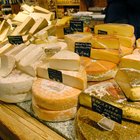
What Type of Microorganism Is Used to ...
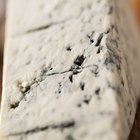
What Good Bacteria Is in Cheese?

The Difference Between Fresh Cheese & ...

List of Vegetarian Cheeses

Staple Foods in Greek Culture
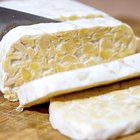
Foods High in Probiotics & Electrolytes

If Chicken Smells Bad Can You Still ...
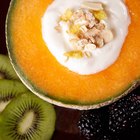
Difference Between Fermented Milk & ...
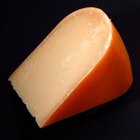
What Is Animal Rennet?
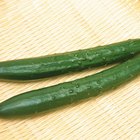
What Foods Provide Calcium D-Glucarate?

What Are Health Benefits of Stinky Tofu?

How to Freeze Cheeses
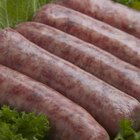
How to Pickle Brine Sausage

MSG and Parmesan Cheese

How Long Can a Bagel With Cream Cheese ...
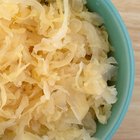
Sauerkraut Diet

Does Yeast Cause Holes in Bread?

Fruit & Water Diet

What Is Vegetable Ghee?
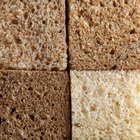
Do the Same Types of Mold Grow on All ...
References
Resources
Writer Bio
Damin Chu is a freelance writer, whose writing has taken her down a number of avenues. In 2008, she returned from Shanghai, China, where she served as the managing editor of a China travel guide, in addition to writing travel features for the local newspaper. Her other projects have included writing for a Shanghai expat guide, a education documentary, and an environmental NGO.